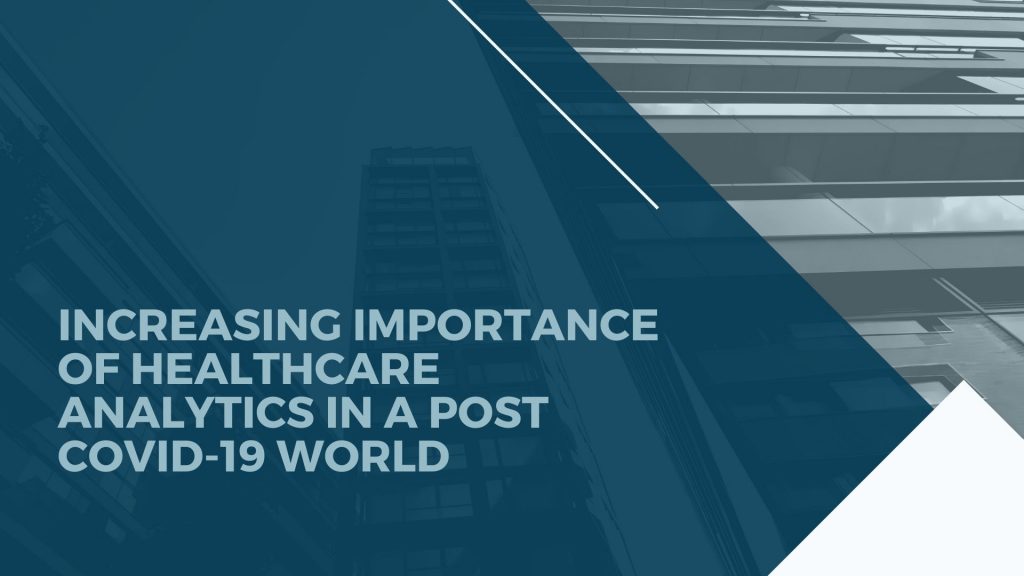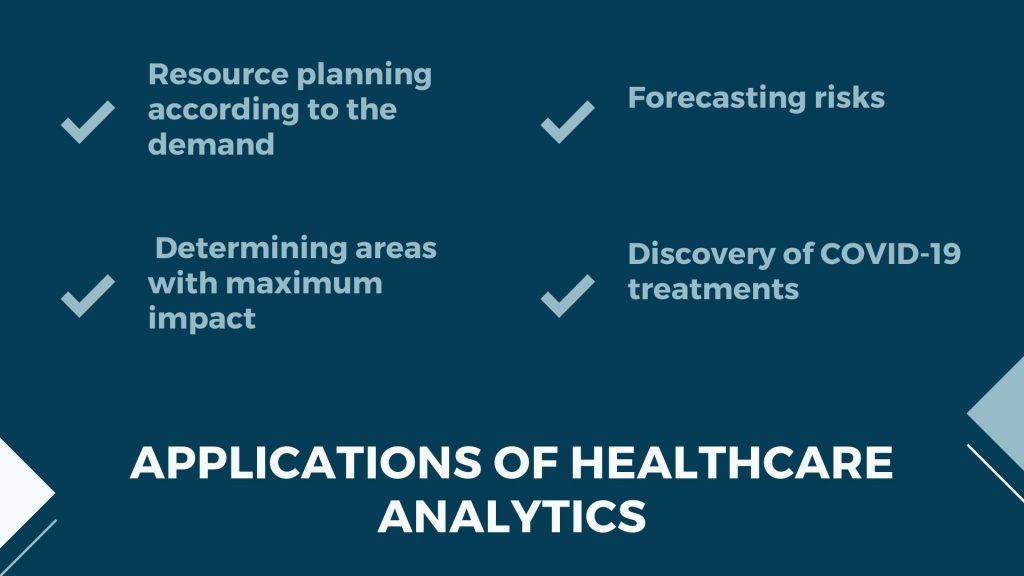
2020 has been one of the most daunting years in the history of the healthcare industry. The rise of the COVID-19 pandemic has brought several uncertain challenges, leading to global healthcare transformation. Analytics has played a pivotal role in shifting the system from traditional care delivery to a more data-driven, real-time health system. It helps in providing accessible and actionable data insights to the healthcare personnel for effective decision-making at the most crucial times.
Throughout the Pandemic, the use of important Predictive analytics tools has been an indispensable part in healthcare organizations. The amount of data collected has aided researchers to analyse trends, monitor the patients’ behaviours and make amendments to resolve the longstanding issues. Predictive tools have been helpful in determining the number of resources required, which patients are at high risk and the areas which will be affected the most.
Resource planning according to the demand
With the rise in the number of daily COVID cases, hospitals were burdened to meet the demands with limited resources. In April 2020, Cleveland clinic researchers created a predictive model which could forecast the:
- number of patients
- bed capacity required
- number of ventilators needed
A research team in Cedars-Sinai medical centre developed a machine learning tool that forecasted the hospital staff required in order to fulfil the medical care demands. This assisted the healthcare industry to anticipate the surge in daily cases and be prepared with more accuracy.
Forecasting risks
Another major use of predictive tools was to determine the patients who were most at risk and those who could face poor consequences from the virus. The tools have successfully been able to discern the factors that may influence severity post covid exposure.
A research team in Mount Sinai, New York, created a predictive analytics tool based on 3 features- age, minimum oxygen saturation and type of patient. The insights from this data helped in knowing which patients were more susceptible to mortality.
Such approaches supported the doctors’ decisions to recognize and prioritise particular patients.

Determining areas with maximum impact
Amidst the surge in COVID cases and having proper knowledge of resource allocation, a major area of concern for the industry was to identify the areas that will be affected the most in the coming days. Using the predictive analytics tools, researchers could find patterns in different regions and anticipate the spread of the virus. As per these predictions, the states could take appropriate measures by informing the needed social distancing guidelines and other regulations.
Discovery of COVID-19 treatments
Andrew Satz and Brett Averso, two graduates of the Data Science Institute at Columbia University, launched a startup called EVQLV. By making the best use of Data sciences, they developed an algorithm that
could help patients get the right treatments and heal faster. Using this algorithm, the pair has been able to identify therapeutic antibodies to fight COVID-19.
The other ways in which Big data is helping against the COVID-19 virus are:
- Predict other severe diseases in COVID-19 patients
- Vaccine discovery
- Tracking vaccination drives
- Determine common side effects of the vaccine and other medicines
From the successful vaccination drives, it is evident that COVID-19 pandemic will subside, but the use of predictive analytics in healthcare will continue and help the industry reach new heights of achievement.
Here is how we at Cintel.io can help you:
As the organizations keep growing and expanding, the significance of these operational reports increases. These provide a time to time picture of the entire organization or division and help the leaders track their performance. Be it any industry or domain, operational reporting is imperative to stay on top of all the processes and get a concise yet complete view. With the emergence and wide acceptance of BI, operational reporting is bound to make positive change across the hierarchy and horizontally too.